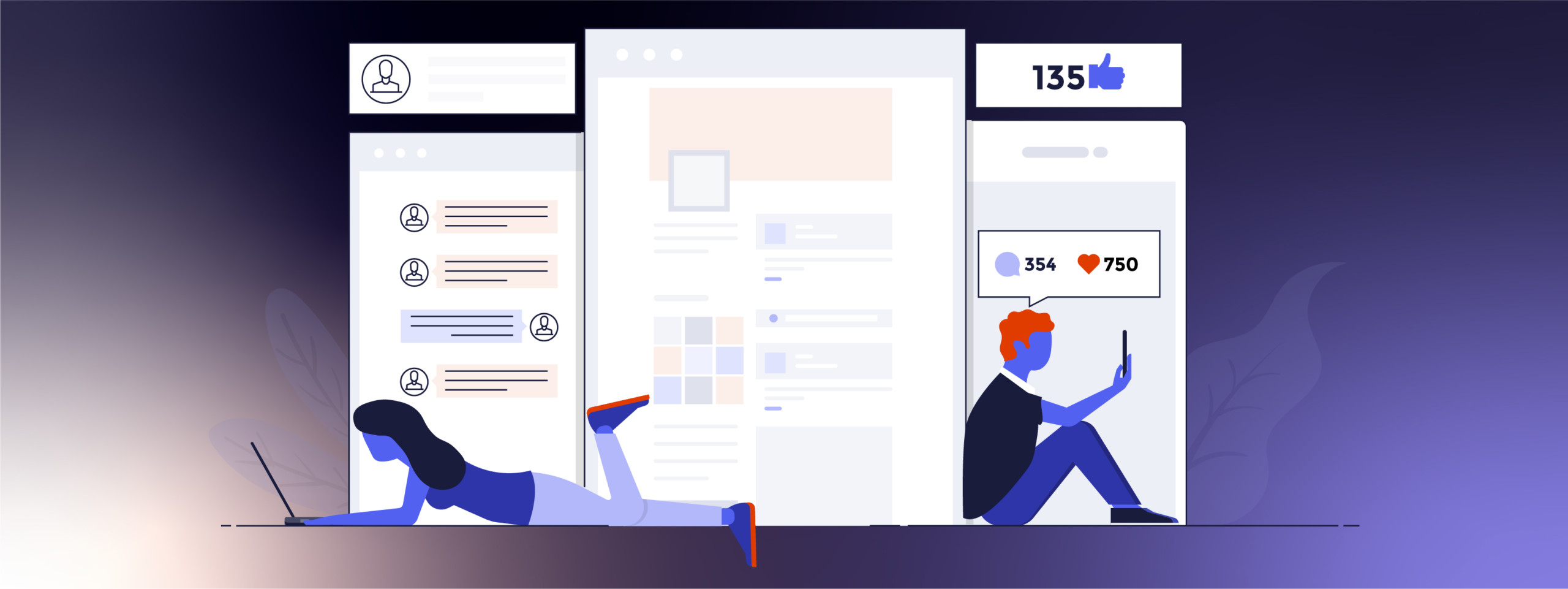Recently, the Federal Communications Commission (FCC) celebrated the 10th anniversary of the Twenty-First Century Communications and Video Accessibility Act of 2010, or the CVAA, during a public event to celebrate the passage of this landmark law.
As one of the co-chairs of the FCC’s Disability Advisory Committee, I shared some thoughts at the event about the progress made over the last decade due to the CVAA. Without question, the CVAA spurred a new era of innovation in disability access to covered products and services, like telecommunications and advanced communications services and equipment, and internet browsers built into mobile phones. In August, I also spoke with National Public Radio’s Marketplace Tech about my role in the Disability Advisory Committee, the importance of the CVAA, and why it is so successful, especially for app developers.
First, the CVAA prioritized flexibility. The FCC has, as Congress intended, provided its expectations for outcomes without mandating how the industry gets to that goal. This has provided substantial room for innovation within the CVAA framework. It provided the industry with the ability to learn and focus not just on making things functional from a disability access perspective, but also on being more inclusive from the start and exceeding the requirements of law and regulation. That commitment to inclusion, rather than just functionality, has been very beneficial for both industry and consumers.
Also, the CVAA facilitated collaboration amongst industry and consumers that we have not seen before. One key venue for this collaboration is the Disability Advisory Committee, but the FCC has made sure that the pathway to CVAA compliance fosters dialogue and partnership in raising and resolving accessibility issues for covered products and services.
The uptake of devices by consumers also fueled greater accessibility. New telecom and advanced communications services devices are much more affordable compared to 10 years ago. According to the Rehabilitation Engineering Research Center for Wireless Inclusive Technologies, by 2018, 97 percent of people with disabilities reported owning or using a wireless device, and 88 percent of people with disabilities reported owning a smartphone (those numbers are certainly even higher now given that those stats are two years old). These devices are also highly customizable and reflect significant efforts to provide interoperability between platforms and products.
And on top of the layers of improved infrastructure and device availability, there are many software apps—over 4 million apps are available today—enabled by leading accessibility features provided by app platforms like Apple’s iOS. There are just too many apps to talk about to give them the credit they deserve, but an example or two that come to mind are Avaz, an app developed for children who are non-verbal or have difficulty speaking and helps facilitate communication in children with autism spectrum disorders, Down Syndrome and cerebral palsy; and Microsoft’s Seeing AI app helps people with vision impairment convert visual info into audio.
So, considering the significant developments in accessibility over the last 10 years and reflecting on the impact of the CVAA, I don’t think anyone can deny the successes the United States has made in advancing accessibility. Without question, further challenges remain (such as those that the FCC discusses in its latest CVAA Biennial Report to Congress), but the framework we have in place because of the CVAA and constructs like the DAC makes the future for accessibility very bright.
